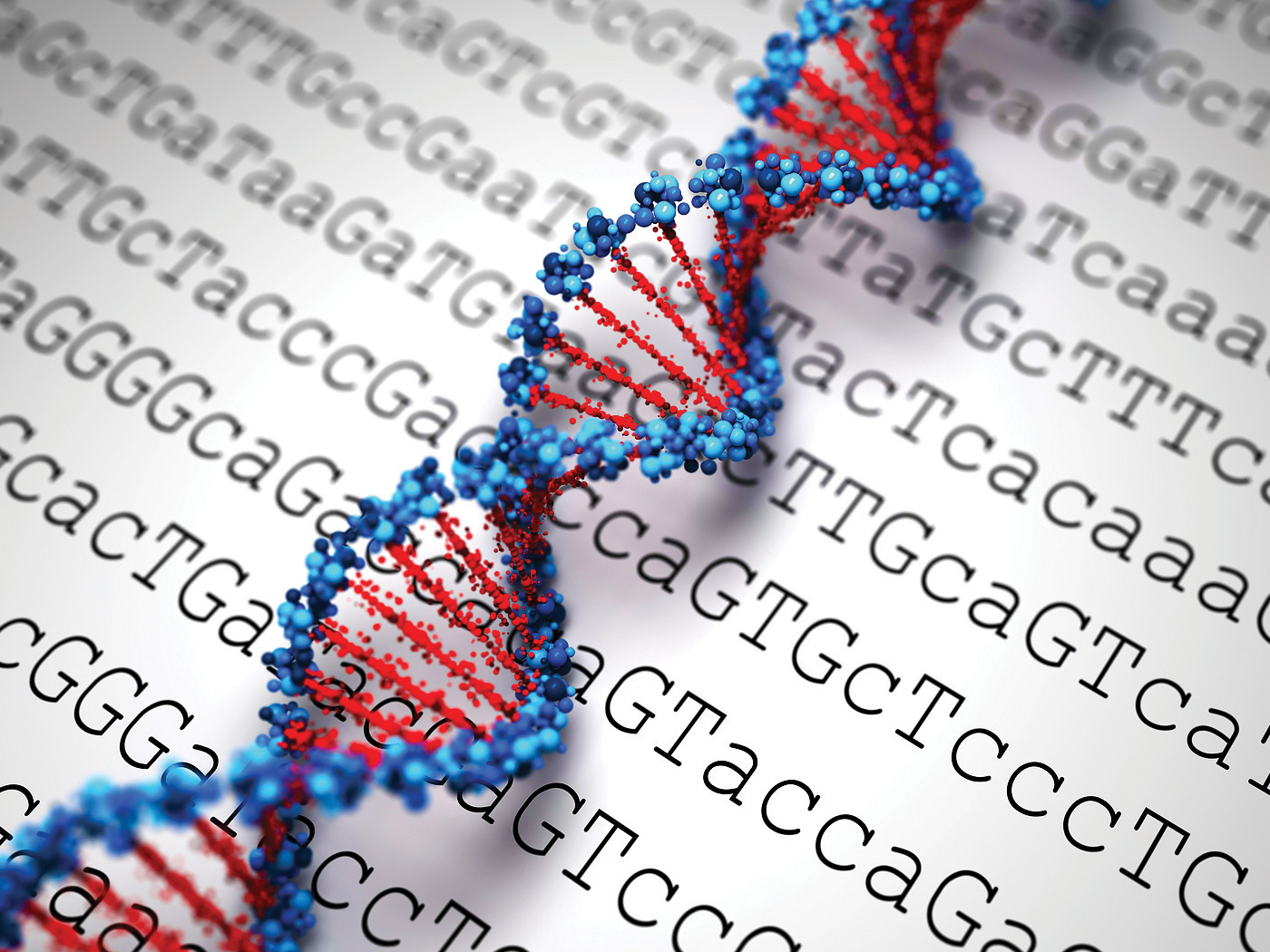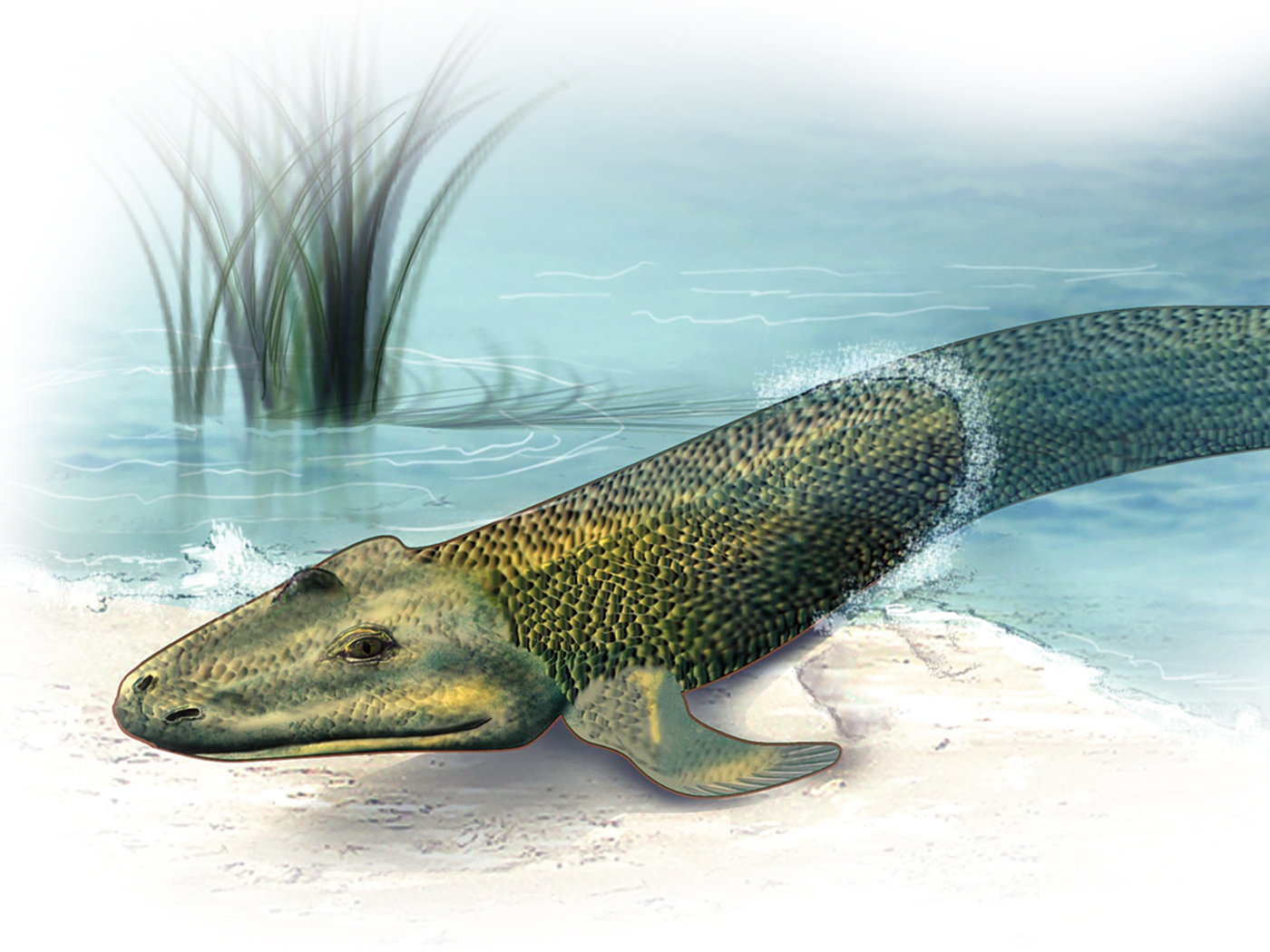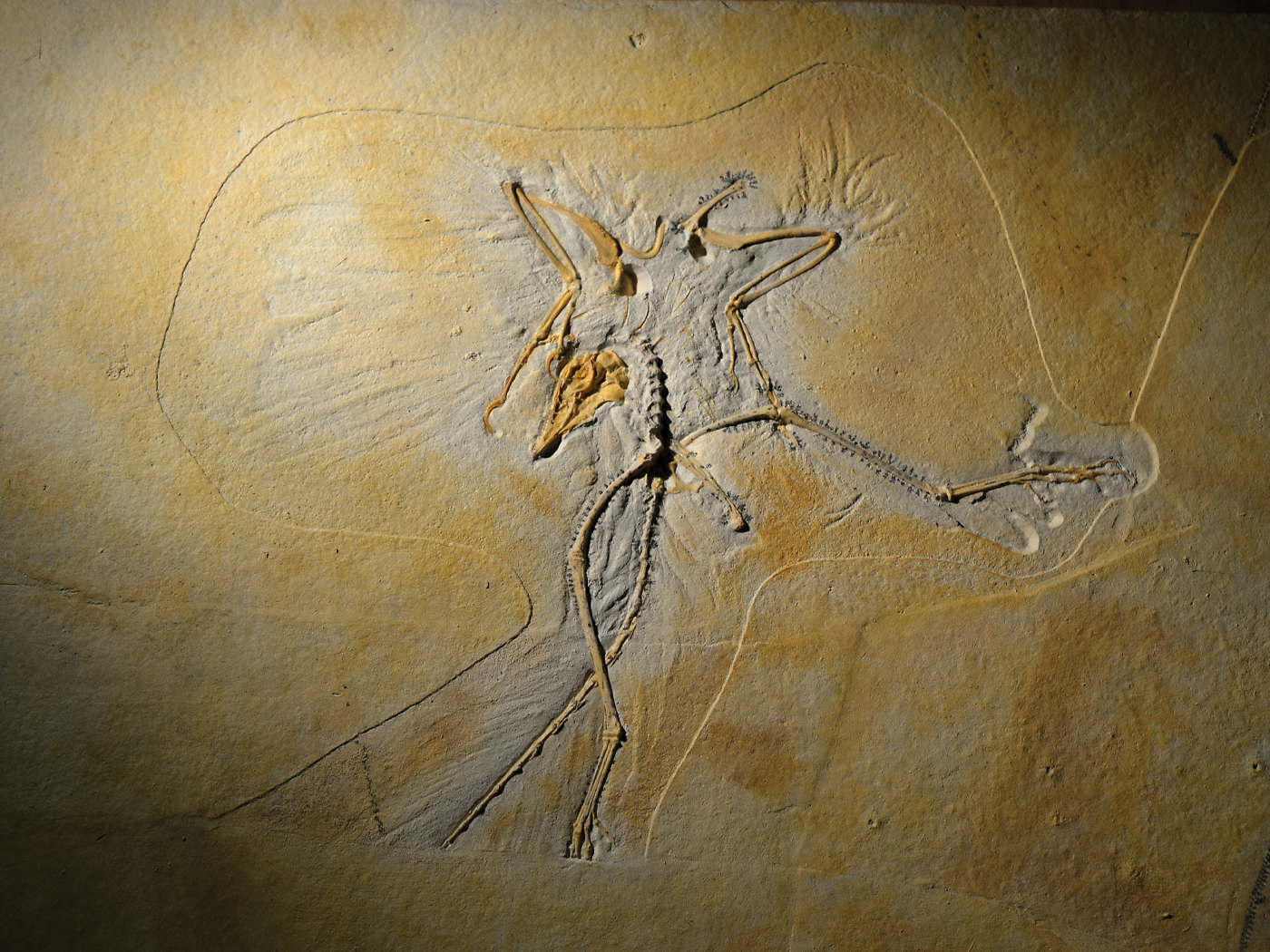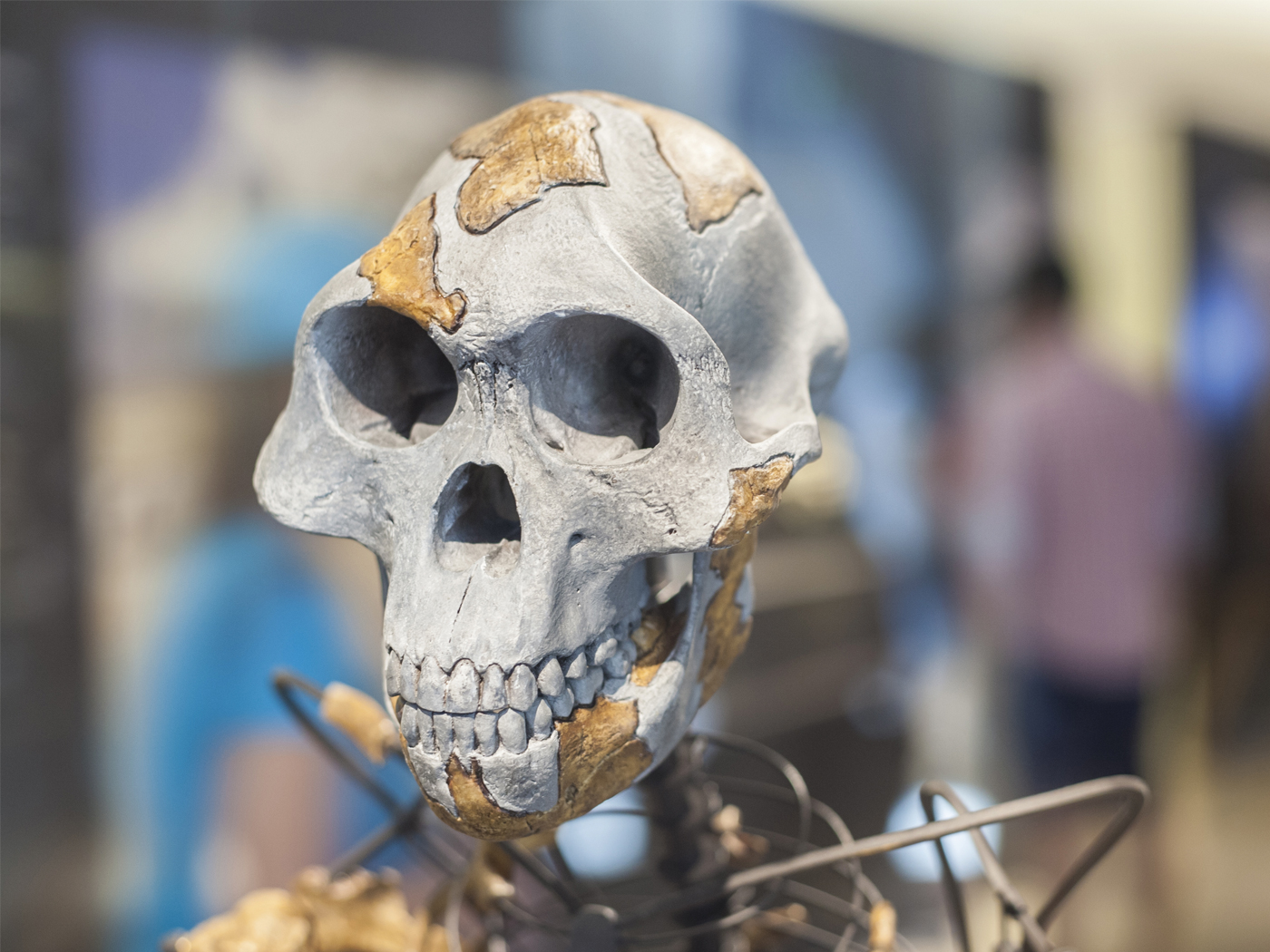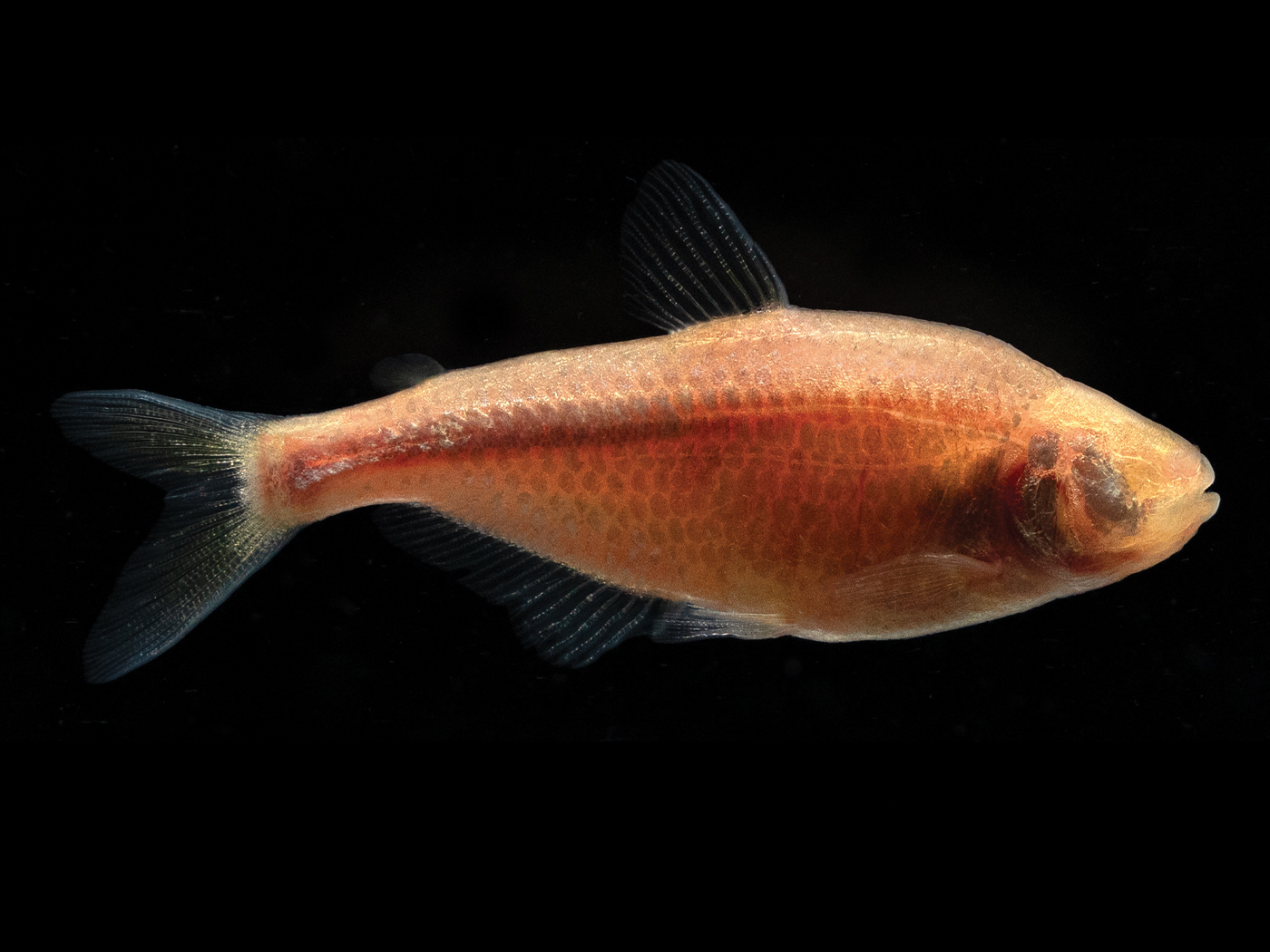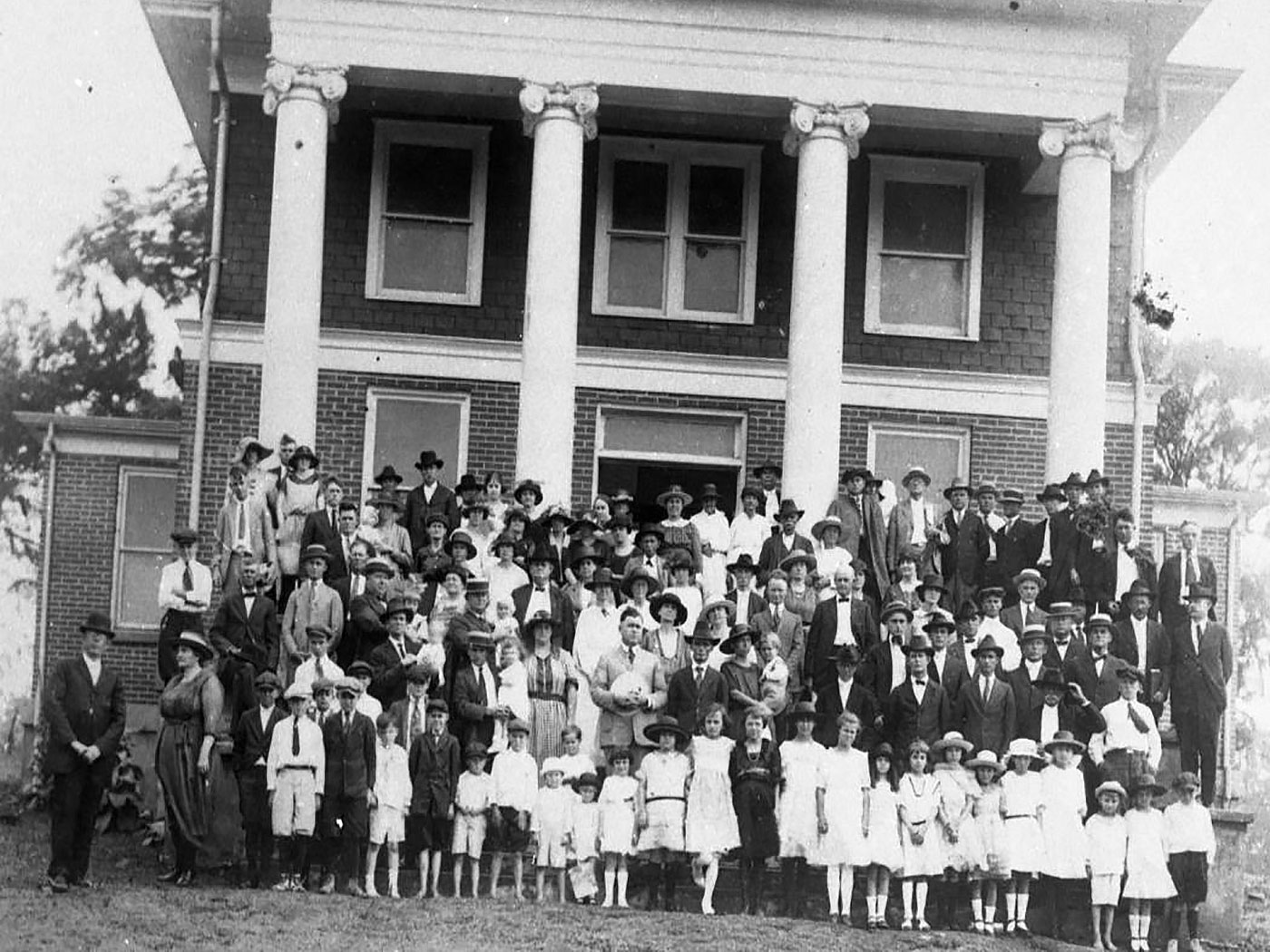Evolutionary scientists have unwittingly obeyed the biblical command to “observe the ant” (Proverbs 6:6; 30:25), and they have found a few surprises.
One of the most intriguing and complex aspects of a communal insect species, like the ant, is the way in which the individual members work together to fill the needs of the group as a whole. One question has been how genetics and social hierarchy interact with the overall nutritional needs of the colony. In fact, social structure greatly complicates the colony’s nutritional regulation, which not only fluctuates according to colony growth and development cycles, but is also impacted by diverse environmental factors.
The tiny, seemingly simple ant precisely and efficiently meets these specific nutritional issues within the colony. For example, recent research has revealed that the amount of food entering the colony is very close to the exact amount that is needed to support the varying nutritional needs of its individual members.
This remarkable phenomenon has confounded evolutionists, particularly those who work with communal insect species. How could the small number of workers collecting food know the precise types and amounts of food to harvest? A recent study published in the journal Current Biology investigated the way communal nutrition was regulated in ants and discovered some startling results.1
The foraging strategy itself is a dynamic process that is adjusted as needed, providing the highest level of efficiency. The research also found that carbohydrate level needs are elevated in mature worker ants, but that developing larvae require extremely high protein levels. Thus, food gathering and processing is tailored to the food’s recipients, whether they need more carbohydrates or more protein. To support these specific needs, a feedback loop provides colony nutrition information via an instinctive informational processing mechanism, resulting in a foraging strategy that exactly matches the changing nutritional needs of the colony.
Remarkably, the complicated (qualitative and quantitative) communal information is used to formulate precise foraging and harvesting strategies in an organism that supposedly lacks advanced cognitive abilities. Just like the recently discovered ant trafficking programs that prevent insect traffic jams, these intriguing multi-level biological mechanisms are hard-wired into the ant genome and involve a complex network of functional gene modules.2 Trait-based genetic regulatory arrangements have been previously discovered in the model insect genome Drosphila (the fruit fly).3 These new discoveries are amazing testimonies to the intelligence of the powerful Creator who engineered these remarkable living systems.
References
- Dussutour, A. and S. J. Simpson. 2009. Communal Nutrition in Ants. Current Biology. 19 (9): 740-744.
- Thomas, B. Ant Algorithms Argue Against Evolutionary Origins. ICR News. Posted on icr.org February 17, 2009, accessed June 24, 2009.
- Ayroles, J. F. et al. 2009. Systems genetics of complex traits in Drosophila melanogaster. Nature Genetics. 41 (3): 299-307.
* Dr. Tomkins is Research Associate at the Institute for Creation Research.
Article posted July 8, 2009.







